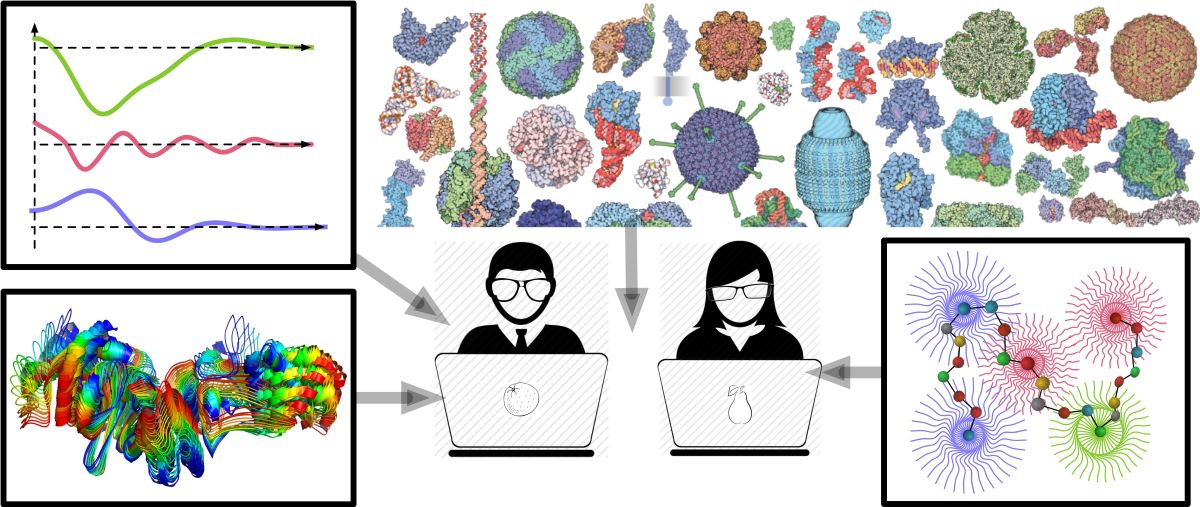Speaker
Description
Since the last CAPRI meeting, much has happened in the modeling field. Deep Learning (DL) has revolutionized structure prediction, and we are only beginning to grasp the fruits, as well as the new challenges uncovered in this new era.
I will describe different approaches that we developed and applied to address CAPRI challenges, and how they helped us shape and improve our ability to model, and understand protein-protein interactions.
One of the initial targets, T186 in Round 52, involved the modeling of a long loop within a multiprotein complex. Overlapping with the appearance of the first successful DL modeling approaches (e.g. TrRosetta), this challenge allowed us to experiment with ways to integrate our peptide-protein modeling tools, such as Rosetta FlexPepDock and PatchMAN, with these new approaches.
In turn, one of the latest targets, T231, involved the modeling of a short peptide to its antibody. That challenge came after we had established the use of AlphaFold2 for peptide-protein docking, and allowed us to finally validate its robustness on a truly new structure - and to experiment also with other new protocols, such as RFdiffusion.
In between these targets, we have developed a number of new approaches to dock and design peptides onto proteins, and learned not only about structure prediction, but also basic concepts that govern peptide binding and design - even beyond interactions forming defined, stable structures.
| Submitting to: | 8th CAPRI assessment meeting |
|---|

